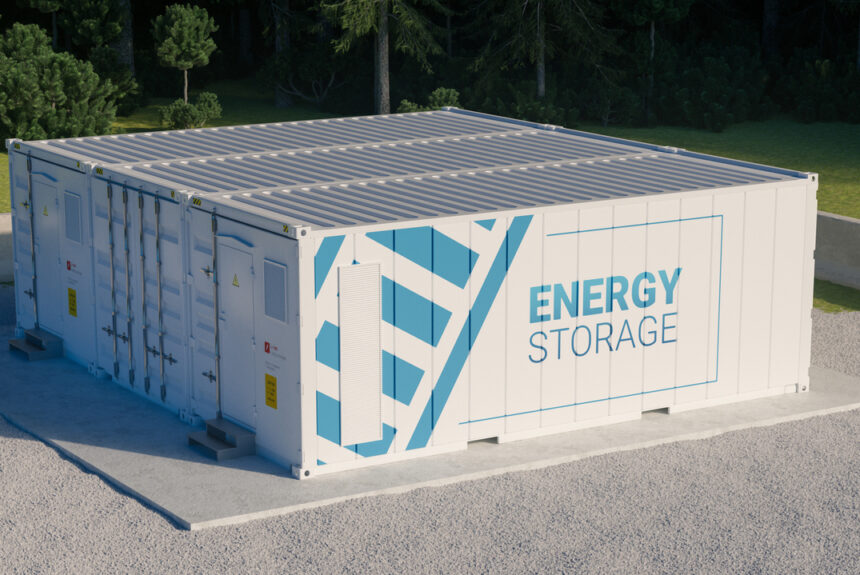While the U.S. Energy Information Administration has projected that “new storage capacity additions [eclipsed] wind, nuclear, and all fossil capacity combined” in 2024, lithium-ion batteries comprise more than 95% of U.S. storage deployments, underscoring the need for a wider range of technology options to improve supply chain resilience, DOE said in the road map.
The recent oversupply of battery materials, which has pushed down global prices since 2023, is unlikely to endure and masks vulnerabilities in a supply chain that remains heavily reliant on Chinese suppliers, the International Energy Agency said in May.
In September, the Biden administration increased to 25% the import tariff on lithium-ion batteries produced in China, in part to protect the United States’ emerging battery manufacturing industry. The tariff already applies to electric vehicle batteries and will take effect for non-EV batteries beginning in 2026.
Read more in Utility Dive here.
The views and opinions expressed are those of the author’s and do not necessarily reflect the official policy or position of C3.
